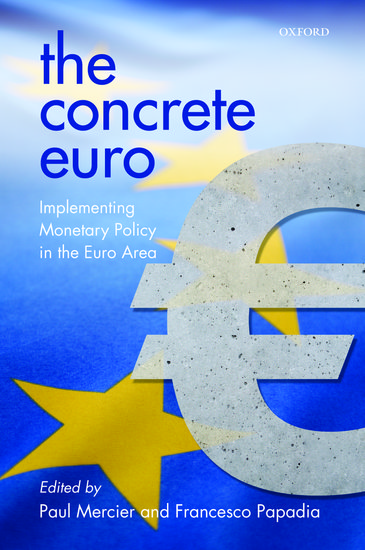Sólo quedan 3 ejemplares
Written by leading money market operators at the European Central Bank. This book provides an insider account of monetary implementation policy.
Looks at the theory, history, practice, and future of the framework, and the role of standing facilities, open market operations, reserve requirements, and collateral.
Compares the Eurosystem experience with that of the Federal Reserve of the United States, the Bank of England, and the Bank of Japan
Includes a section on special circumstances and experiences during crisis periods, including the recent sub-prime crisis.
Highlights interconnections between the operational framework and financial stability.
The euro area’s framework for monetary policy implementation was introduced in 1999. Eleven years on, this volume examines the theoretical and historical underpinnings of the framework, how it has fared in practice, and what challenges it is likely to face in the future. The technology serving the implementation of monetary policy has historically been the exclusive preserve of a narrow group of specialists but the recent global financial crisis brought the issue into the public eye, as the supply of base money exploded while inflation risked turning into deflation. This book addresses all the aspects of monetary policy implementation, with particular emphasis on the European Central Bank and the euro, allowing a more informed assessment of a neglected, but important, aspect of economic life, and a better understanding of the exceptional developments brought about by the financial crisis. Written by the leading money market operators at the European Central Bank who were involved in creating and implementing the framework, and who are still managing monetary policy implementation at the Bank today, this book provides a rare insider account of how the framework has evolved, how it works in practice, and the challenges of monetary policy implementation going forward.
</p>







